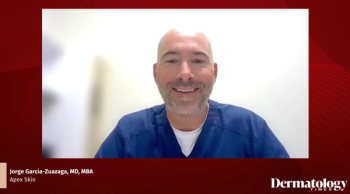
2007 CPT code changes some of most significant ever
Although the CPT coding changes affecting dermatology for 2007 were not numerous, they were some of the most significant ever.
Changes in definitions for CPT codes 17000, 17003, 17004, 17110 and 17111 will have a huge impact not only on how dermatologists will be paid in 2007, but on how the claims will be filed and adjudicated.
In addition to the destruction of benign and premalignant lesions, there were also massive changes in the coding for Mohs micrographic surgery. CPT codes 17304, 17305, 17306, 17307 and 17310 were deleted and replaced by new CPT codes 17311, 17312, 17313, 17314 and 17315.
Caveats
1. Unless you are a nonparticipating provider with Medicare, do not reduce charges on your claim form. Bill all services and procedures at 100 percent of the fee schedule for your GPL. Medicare will determine which service has the highest relative value, pay that at 100 percent of the allowable and reduce all other surgical services to which the MSRR applies by 50 percent. (CPT codes exempt from the MSRR are listed in Appendix D of the 2007 CPT book.)
Note: Non-participating Medicare providers must show appropriate deductions on non-assigned claims.
By applying modifier 51 to CPT code 12032, which is actually the code with the highest RVU, Medicare will now cut this code by 50 percent and pay 100 percent of code 11602 resulting in a loss of $26.76 or 8 percent. Just think ... if you made this mistake hundreds of times each month, it will add up to sizable losses during the year.
In the above example, you will get paid 100 percent of $200 (resulting in a loss of $27.06). CPT code 11601 will be reduced by 50 percent due to the MSRR.
4. Make sure that you always access Medicare's current CCI tables to check for bundling. If modifier 59 is needed and not used, the CPT code(s) where 59 was needed will be denied.
If you use modifier 59 on a code when none is needed, it will also result in nonpayment of the CPT code(s).
Newsletter
Like what you’re reading? Subscribe to Dermatology Times for weekly updates on therapies, innovations, and real-world practice tips.

















